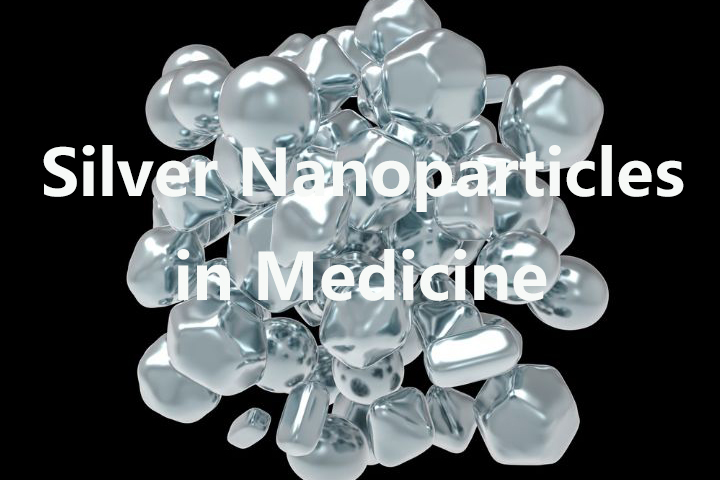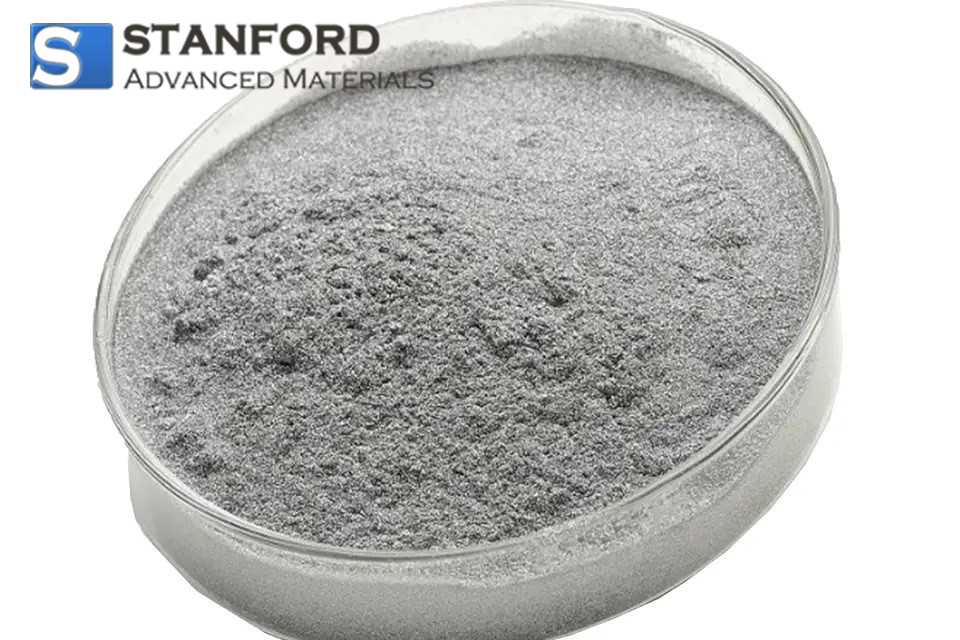Silver Nanoparticles in Medicine: A Tool for Healthcare Applications
Silver nanoparticles (AgNPs) are widely researched nanomaterials in medicine. Their optical, electrical and biological characteristics are documented through quantitative studies. Their nanoscale size and specific surface features allow interaction with biological systems that bulk materials do not exhibit. This property has resulted in applications in diagnostics, treatment and prevention.

What are the Notable Characteristics of Silver Nanoparticles?
Silver nanoparticles exhibit certain properties that differ from conventional materials. They have a particle size smaller than the wavelength of visible light. Consequently, they show optical transparency. This attribute permits applications requiring clear visual properties, for example, packaging and cosmetic coatings.
In addition to optical transparency, AgNPs display the following effects:
- Surface effect: A high surface energy increases their chemical reactivity.
- Size effect: Their nanoscale dimensions influence thermal and mechanical properties, such as melting point and surface tension.
- Macroscopic quantum tunnelling: This effect permits altered electrical conductivity, particularly in conductive coatings and inks.
- Quantum size effect: It modifies electronic behaviour, thereby introducing novel functionalities at the nanoscale.
These effects enable silver nanoparticles to be used in various materials, including catalysts, antistatic additives, low-temperature superconductors, conductive inks and conductive coatings.

Medical Uses of Silver Nanoparticles
One important application of silver nanoparticles is in the biomedical field. Their small size permits penetration of blood vessels so they may reach target organs. They can be functionalised to bind single-stranded DNA molecules. This capability is applied in a range of medical investigations and practices.
- Biosensing: They are integrated into biosensors to detect low levels of biomolecules.
- Biological labelling: They bind selectively to DNA, proteins or cells to facilitate visualisation.
- Biomedical imaging: Their properties improve contrast in imaging methods such as fluorescence and Raman imaging.
- Medical diagnostics: They are employed in diagnostic devices and test kits for early disease detection.
- Targeted therapy: Their surfaces are functionalised with drugs or targeting molecules. This modification directs treatment to diseased tissues.
Antibacterial Applications in Medicine and Healthcare
Silver has been used for its antimicrobial activity for many years. In nanoparticle form, antibacterial activity increases. Silver nanoparticles eliminate bacteria, including antibiotic‐resistant strains, by interfering with cell membranes, generating reactive oxygen species and inhibiting bacterial DNA replication.
Owing to their antibacterial action, silver nanoparticles are incorporated in various healthcare products, such as:
- Topical ointments and creams: They are applied to reduce infection in burns, cuts and other open wounds.
- Medical device coatings: They are used to coat catheters, surgical devices and implants to prevent microbial contamination and biofilm formation.
- Water purification equipment: They are applied to inhibit bacterial growth in potable water systems and dialysis machines.
- Antibacterial textiles: They are integrated into fabrics and sporting goods to reduce odour and microbial presence.
- Antibacterial medications: They are employed in wound dressings, eye drops and nasal sprays to prevent infection.
Increased Use in Medical Facilities
In healthcare facilities, silver nanoparticles are used to improve hygiene and reduce the risk of infection. Bed rails, door handles and countertops are treated with silver nanoparticle-based materials on high-touch surfaces in hospitals and clinics. Air purifiers and HVAC systems are also treated with AgNPs to inhibit airborne pathogens.
In operating theatres, gowns and equipment coated with silver nanoparticles provide extra protection against infection.
Implantable medical devices, such as pacemakers and joint replacements, receive AgNP coatings. These coatings reduce the incidence of post-surgical infections.
Summary Table
|
Application Area |
Function of AgNPs |
Key Benefits |
|
Biomedical Imaging |
Optical property improvement |
Improved imaging resolution and detection sensitivity |
|
Biosensing & Diagnostics |
Surface binding and signal amplification |
High sensitivity; rapid detection |
|
Drug Delivery & Targeted Therapy |
Site-specific delivery via surface modification |
Lower side effects; improved therapeutic efficiency |
|
Topical Antibacterial Agents |
Disrupts bacterial membranes; inhibits replication |
Broad-spectrum antibacterial effect; improved wound healing outcomes |
|
Medical Device Coatings |
Antibacterial barrier; prevents biofilm formation |
Lower infection risk; prolonged device life |
|
Water Purification & Filtration |
Inhibits microbial growth |
Provides clean water with sustained antimicrobial effect |
|
Antibacterial Textiles |
Continuous surface-level microbial inhibition |
Odour control; reduced microbial transmission |
|
Healthcare Infrastructure |
Inhibits bacterial/viral spread |
Improved hygiene; reduced infection risk |
Conclusion
Silver nanoparticles are an important development in nanomedicine. Their combination of optical transparency, chemical reactivity and biocompatibility supports use in applications such as diagnostics, drug delivery, infection control and medical device manufacturing. Ongoing research continues to quantify their capabilities. For additional silver products, please consult Stanford Advanced Materials (SAM).

 Bars
Bars
 Beads & Spheres
Beads & Spheres
 Bolts & Nuts
Bolts & Nuts
 Crucibles
Crucibles
 Discs
Discs
 Fibers & Fabrics
Fibers & Fabrics
 Films
Films
 Flake
Flake
 Foams
Foams
 Foil
Foil
 Granules
Granules
 Honeycombs
Honeycombs
 Ink
Ink
 Laminate
Laminate
 Lumps
Lumps
 Meshes
Meshes
 Metallised Film
Metallised Film
 Plate
Plate
 Powders
Powders
 Rod
Rod
 Sheets
Sheets
 Single Crystals
Single Crystals
 Sputtering Target
Sputtering Target
 Tubes
Tubes
 Washer
Washer
 Wires
Wires
 Converters & Calculators
Converters & Calculators
 Write for Us
Write for Us
 Chin Trento
Chin Trento


